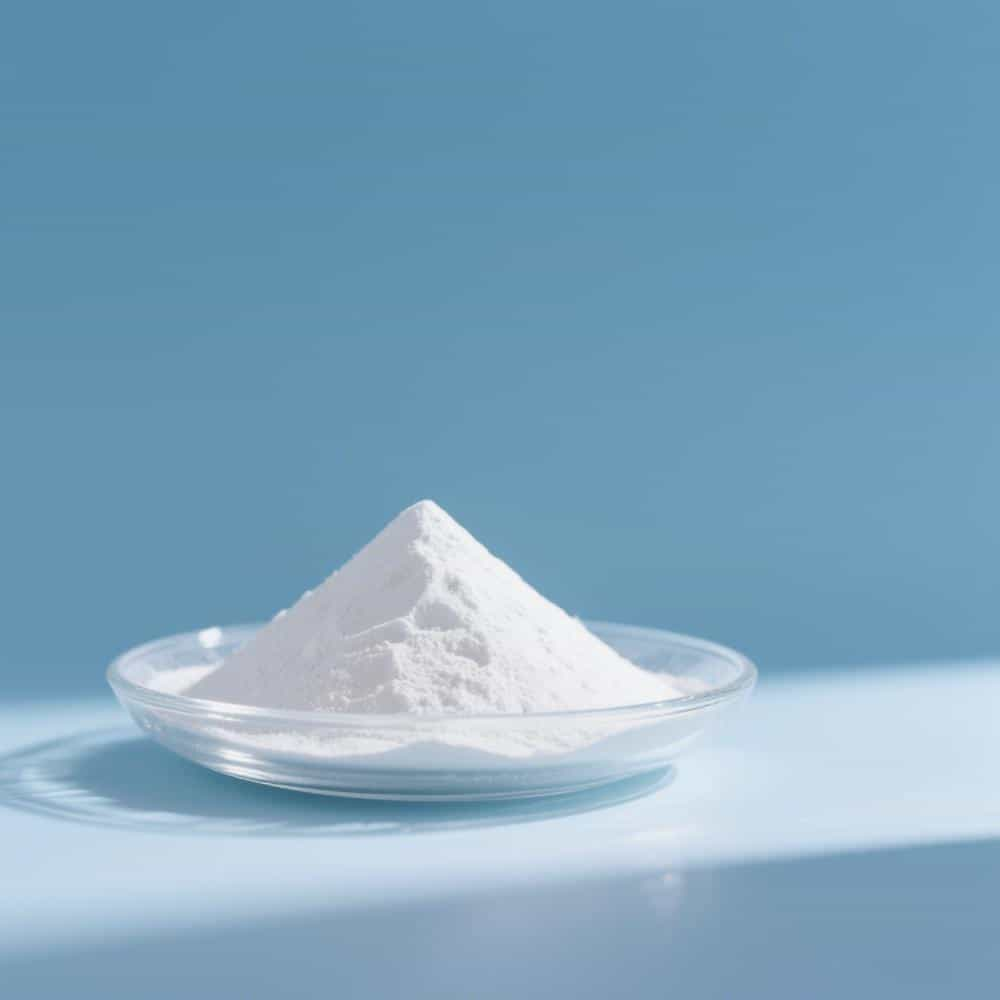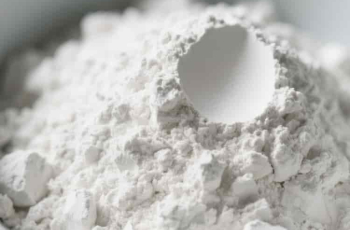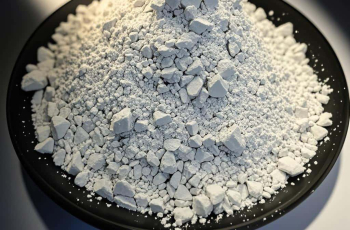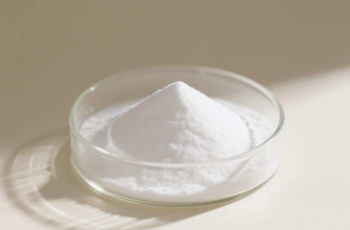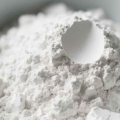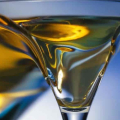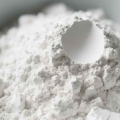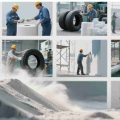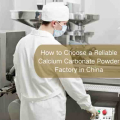- Welcome to China Calcium Carbonate Manufacturer
- WeChat:15078781000
Precipitated Calcium Carbonate (PCC)
- Category: Calcium Carbonate
- |
- Date: 2025-04-08 05:45
Precipitated Calcium Carbonate (PCC) is a high-purity synthetic calcium carbonate, distinct from GCC. With customizable crystal forms and surface treatments, it has high purity and controllable particle size. It offers process, performance, and environmental advantages, used in paper, plastics, pharma, etc., and comes with quality certifications.
Product Details
What Is Precipitated Calcium Carbonate?
Definition and Synonyms
Definition: Precipitated Calcium Carbonate (PCC), also known as light calcium carbonate, synthetic calcium carbonate, or industrial precipitated calcium carbonate, is a high – calcium carbonate quicklime produced through chemical synthesis methods, such as the carbonation process or the calcium chloride method. This stands in contrast to Ground Calcium Carbonate (GCC), which is obtained through physical grinding.
Core Characteristics
High purity (CaCO₃ ≥99%), uniform particle size (0.1-3µm), controllable crystal form (calcite/aragonite/vaterite), and high whiteness (≥95%).
Classification of PCC Powders
Classification by Crystal Form
| Crystal Form | Characteristics | Application Areas |
| Calcite | Cubic/rhombic structure; high oil absorption value | Plastics, rubber filling |
| Aragonite | Acicular structure; enhances the mechanical properties of composites | Paper coating, high – strength films |
| Vaterite | Spherical nanoparticles; high specific surface area | Pharmaceutical carriers, high – end coatings |
Classification by Surface Treatment
| Type | Treatment Agent | Function |
| Unmodified PCC | – | General – purpose filler (construction, paper) |
| Silane – coupled modified PCC | KH – 550/KH – 560 | Improves the interfacial bonding force with polymers |
| Food and pharmaceutical – grade PCC | Citric acid, stearic acid | Used in oral tablets, food additives |
How Is Precipitated Calcium Carbonate (PCC) Made?
Carbonation Process
Process: Limestone calcination → Digestion to form lime milk → CO₂ carbonation → Dehydration and drying → Finished product.
Features: Crystal form can be controlled by adjusting pH values. It has a high production capacity (up to 100.000 tons per year) and a purity of ≥99%.
Calcium Chloride Method
Process: CaCl₂ + Na₂CO₃ → Precipitation → Washing and drying.
Features: Produces nano – scale PCC (50 – 100nm), suitable for the pharmaceutical and food sectors.
Surface Modification Technologies
Wet Modification: Coating with silane in a reaction kettle (coverage rate ≥95%), reducing the oil absorption value to less than 20g/100g.
Dry Modification: Using a high – speed mixer with coupling agents, suitable for the production of plastic masterbatch.
Technical Specifications of PCC
| Parameter | Standard Value | Testing Method |
| Purity (CaCO₃) | ≥99% | EDTA titration |
| Whiteness | ≥95% | ISO 2470 |
| Average Particle Size (D50) | 0.1 – 3μm adjustable | Laser particle size analyzer (Malvern) |
| Specific Surface Area | 5 – 30m²/g | BET nitrogen adsorption method |
| Heavy Metal Content | Pb/Cd/As <1ppm | ICP – MS |
Key Advantages of Precipitated Calcium Carbonate
Process Advantages
Customizable Crystal Forms: Carbonation process allows for crystal form control (e.g., needle-like aragonite for enhanced paper tear strength).
Nanoscale Precision: Calcium chloride method produces 50nm PCC for targeted drug delivery carriers.
Performance Advantages
Paper Industry: Coating-grade PCC enhances paper gloss (≥85°) and reduces ink absorption by 15%.
Plastics Industry: Adding 10% vaterite-type PCC to films achieves ≥95% light transmittance (ASTM D1003).
Pharmaceutical Field: Complies with USP/EP standards, used as disintegrants/calcium supplements.
Environmental Advantages
The closed – loop process in the carbonation method recycles CO₂, resulting in a 30% lower carbon footprint compared to GCC.
Quality and Certifications
International Certifications: ISO 9001. ISO 22000 (food-grade), USP-NF (pharmaceutical-grade), REACH.
Testing Reports: Provides microbial limits, dissolution (pharmaceutical-grade), heavy metal migration (EU 10/2011) reports.
Custom Compliance: Supports FDA DMF file submission, meeting drug master file filing requirements.
Applications of Precipitated Calcium Carbonate
Paper Industry
Coating – Grade PCC: Replaces kaolin, increasing paper gloss by 20% and optimizing printability.
Filler – Grade PCC: Ash content ≤18% (TAPPI T413), reducing costs by 15 – 30%.
Plastics and Films
Transparency Enhancement: Nano – PCC used in BOPET films can achieve a haze of ≤1.5%.
Biodegradation: PLA/PCC composites can shorten the degradation cycle by 30%.
Pharmaceutical and Food
Tablet Excipients: Direct – compression PCC with a flowability index ≤25%.
Calcium Fortifier: Food – grade PCC (Ca≥39.5%) used in milk powder and grains.
High – End Coatings
Anti – Corrosion Coatings: Aragonite – type PCC can increase salt spray resistance to 1000 hours.
Environmentally Friendly Water – based Paints: VOCs emission ≤50g/L (GB/T 23986).
Other Areas
Used as a toothpaste abrasive, reinforcing agent for silicone sealants, and 3D printing materials.
Frequently Asked Questions (FAQ)
What Are the Core Differences Between PCC and GCC?
PCC is chemically synthesized, with uniform particle size, high activity, and higher cost, suitable for functional modification. GCC is physically crushed, with lower cost, and suitable for basic filling.
What Are the Compliance Requirements for Pharmaceutical – Grade PCC?
It needs to meet the USP<2025> heavy metal limits, pass microbial tests (TAMC≤1000 CFU/g), and have a DMF filing number.
How to Select the PCC Crystal Form?
Calcite type for general – purpose filling; aragonite type for enhancing mechanical properties; vaterite type for high specific surface area requirements.
Ordering and Technical Support
Sample Policy: Free samples of pharmaceutical/food – grade PCC are provided with a COA report.
Customization Services: Supports crystal form design (confirmed by XRD patterns), surface treatment, and sterile packaging.
Technical Support: Offers full – process guidance for formulation development and compliance declaration (such as FDA).
Here are some key points and common use cases for Precipitated Calcium Carbonate (PCC)


Innovate with a Certified Calcium Carbonate Supplier
Jintai stands out as a calcium carbonate supplier specializing in high-purity PCC for pharmaceuticals, coatings, and food-grade applications. Our chemically synthesized PCC (≥99% purity) features controlled crystal forms (calcite, aragonite) and nano-scale precision (50–200nm), compliant with USP, FDA, and ISO 22000 standards. From CO₂-mineralized PCC for low-carbon cement to sterile grades for tablet formulations, Jintai empowers industries to meet sustainability and performance goals. Contact us for tailored PCC solutions backed by 24/7 technical support.
